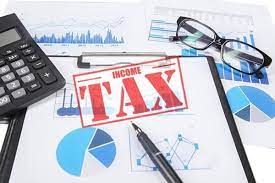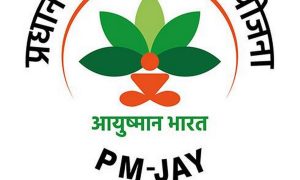The last date to fill the Income Tax Return (ITR) for the financial year 2022-23 is July 31, 2023. As the return filing period has started, people are running after to claim income tax deductions.
Read More:– Green Finance Framework Soon? Banks In Talks With Government, More Green Bonds Likely This Fiscal
However, you must know you can still file the ITR under the old regime. A salaried person has to fill out the ITR 1 form before filing their income tax returns. It has eligibility criteria that are mentioned below.
We spoke to CA Deksha Gupta, partner at a firm in Ghaziabad, to bring you options to claim deductions on income tax under the new regime.
Read More:– Bank of India Shubh Arambh Fixed Deposit interest rate for senior citizens hiked. Details here
CA Gupta said there are limited options for a salaried person to save tax under the new regime. Along with standard deductions of ₹50,000 under Section 16 of the IT Act, here are other options available to save tax,
Contribution To National Pension Scheme (NPS)

As defined under the Income Tax Act, a salaried employee can save a deduction in their income if they have contributed to the National Pension Scheme (NPS). This falls under Section 80CCD (1).
Irrespective of whether the contribution was made by a self-employed individual, a private employee or a government employee, one can claim benefits under it. The eligibility criteria of this section extend to all citizens of India aged between 18 and 60 years.
The maximum deductions permitted under this section are 10% of the employee’s salary (basic + DA) in the previous financial year.
For self-employed individuals, the deductions extend to 20% of their gross total income in the last financial year. The maximum cap on this is ₹1.5 lakh. However, a new amendment to this section allows for an additional deduction of ₹50,000 to salaried and self-employed people.
Interest In Home Loan

Under the new regime, taxpayers can claim benefits if they are paying interest on the house loan. If they are receiving rental income from the property, it will reduce the taxable income on the property.
Voluntary Retirement
If an individual has opted for voluntary retirement, they are eligible for tax exemption extending up to ₹5 lakhs. The limit is the same in the new as well as the old regime.
Gratuity Amount

If an employee received a lump-sum amount of gratuity, they can claim tax benefits on it. For non-government employees, the deductions extend to ₹20 lakh for a lifetime.
Leave Encashment

If you have opted for leave encashment, you can claim benefits of up to ₹3 lakhs under the tax regime.
There are more tax-saving options available in the older regime (Old Tax Regime vs New Tax Regime), including deductions for medical insurance (under Section 80D) up to ₹25,000 and for LIC and other investments (under Section 80C) up to ₹1,50,000.
If you want to fill out the ITR under the old regime, you can fill ITR-1 form by July 31, 2023. The eligibility criteria for it include,
- Total income must not exceed ₹50 lakhs in the financial year
- Income is from salary, one house property, family pension income, agricultural income (up to ₹50,000) and other sources that include – interest from saving accounts, deposits, Income Tax Refund and enhanced compensation among other interest income and family pension.
- If you do not fall under these criteria, there are ITR forms that you can fill out. However, you must do it before the last date of filing the Income Tax Return.
Stay tuned to HerZindagi for more updates.





































